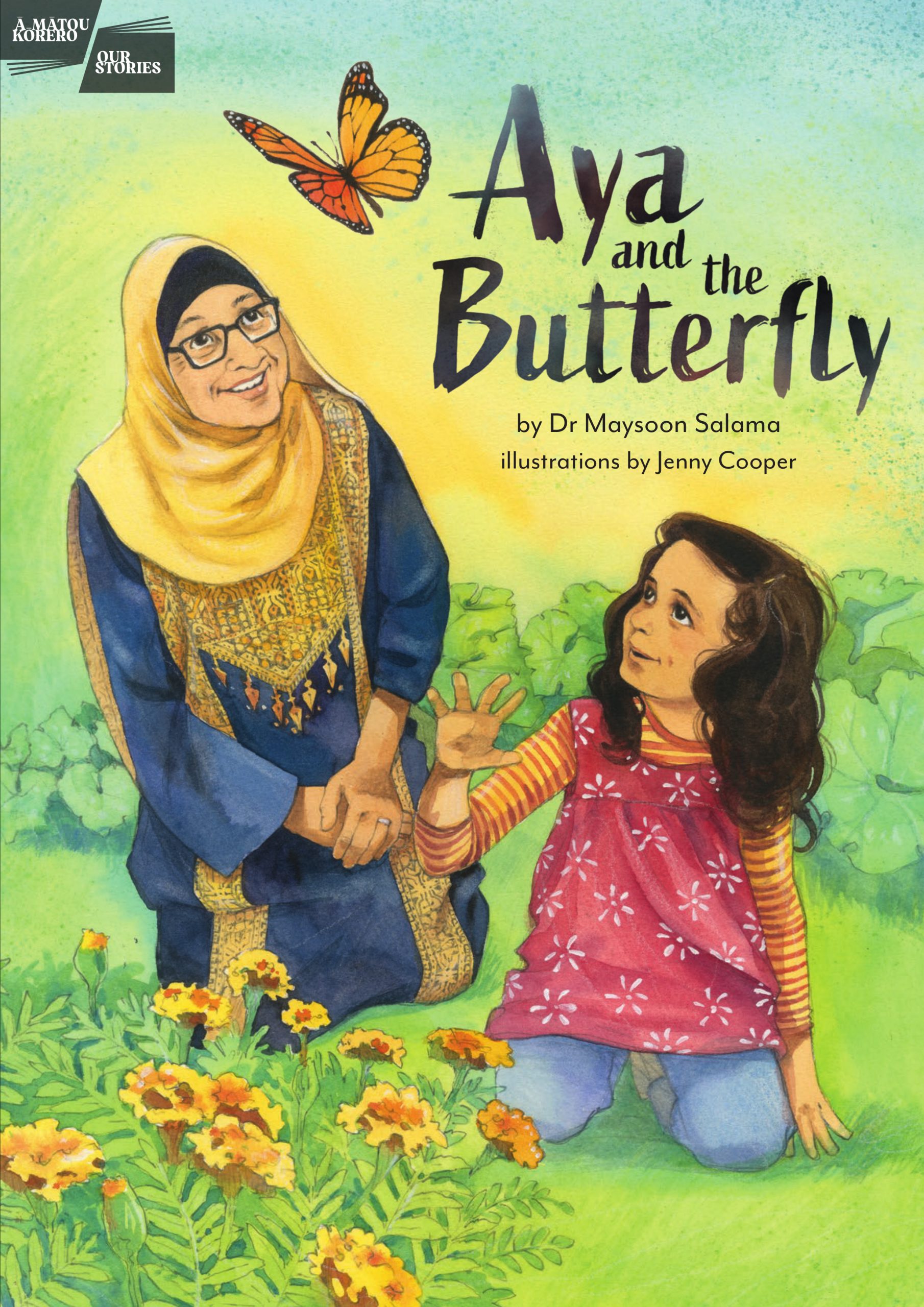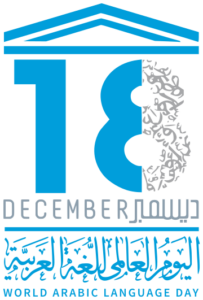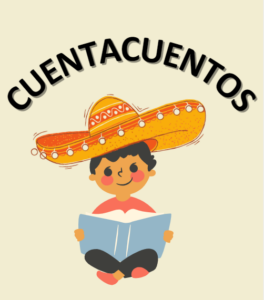
Buenas noticias! We are happy to announce a new programme called Cuentacuentos! These storytimes are delivered entirely in Spanish!
This is a perfect opportunity to practice your Spanish, so get ready for engaging storytelling and exciting activities that will entertain the whole whānau.
Starting from 2nd September, join us at Te Māhanga, Karori Library on the first Saturday of the month at 11am. Mark your calendar!
Books in Spanish
Whether you are a beginner or looking to expand your knowledge, we have got you covered! Wellington City Libraries are proud to offer a compelling collection of Spanish language materials, from books and magazines to language learning resources.
Follow the catalogue links to reserve the books you would like to the library branch of your choice! We have Spanish language books for young people and learners available at all of our library branches. The largest Spanish collections for young people are available at Karori Library, Johnsonville Library, Kilbirnie Library and Te Awe Brandon Library in the CBD.
For adult readers, we have large Spanish collections at Arapaki Manners Library, Johnsonville Library and Karori Library, with even more available to reserve!
Do you want to practice some phrases, read a story in Spanish? Check out these titles and get ready to say “estoy listo.”
First words
First words in Spanish / Grée, Alain
“Help your child to learn their first words in Spanish with this beautifully presented, interactive learning resource. Shown alongside colourful and appealing illustrations, the words are grouped into child-friendly themes such as colours, numbers, animals, food, holidays and shopping…” (Adapted from Catalogue)Spanish
“Get the whole family prepared for and excited about an upcoming trip by learning 100 travel-relevant Spanish words – from food and transport, to animals and weather… The perfect first step in learning the Spanish language and encouraging children to be curious about the world around them.” (Adapted from catalogue)
Animales
“This illustrated book for little children stimulates learning the names of animals.” (Catalogue)
Chapter books
Diario del wimpy kid : Un renacuajo / Kinney, Jeff
“Greg records his sixth grade experiences in a middle school where he and his best friend, Rowley, undersized weaklings amid boys who need to shave twice daily, hope just to survive, but when Rowley grows more popular, Greg must take drastic measures to save their friendship.” (Catalogue)
Hombre Perro y Supergatito / Pilkey, Dav
“Hombre Perro está de regreso, ¡y esta vez lo acompaña un compinche felino! El dúo tendrá que salir al rescate de una glamorosa estrella de cine desaparecida. ¡Una aventura perfecta para Hombre Perro y Supergatito! When a new sitter arrives and a movie star goes missing, Dog Man and Cat Kid investigate…” (Catalogue)
All-time Classics
Un pez, dos peces, pez rojo, pez azul / Seuss
“A story-poem about the activities of such unusual animals as the Nook, Wump, Yink, Yop, Gack, and the Zeds.” (Catalogue)
Donde viven los monstruos / Sendak, Maurice
“A naughty little boy, sent to bed without his supper, sails to the land of the wild things where he becomes their king.” (Catalogue)
Originally in Spanish
A veces el bosque.. / Nogués Otero, Alex
“A veces el bosque canta y es canció n. Otras, duerme. A veces el bosque sueñ a con fuego o inventa la lluvia y los paraguas. El bosque a veces bromea. A veces, imagina que eres un gigante.Un libro para leer en la corteza de los á rboles y en los misterios de tu mirada.” (Catalogue)
Gilda : la oveja gigante / Urberuaga, Emilio
“Gilda, la oveja gigante, tiene que escapar de la montaña en la que vive. Al llegar a la gran ciudad vivirá una increíble aventura. Pero, ¿encontrará Gilda un nuevo hogar?” (Catalogue)
Gustavo : el fantasmita timido / Drago, Flavia Z
“Conoce a Gustavo. Él es un fantasma y como a cualquier ser paranormal le encanta hacer lo que le es normal: atravesar paredes, hacer volar objetos y brillar en la oscuridad. También le encanta tocar el violín. Pero Gustavo tiene un problema. Él es muy, muy tímido, y aunque su deseo más grande es tener amigos, nunca se ha atrevido a hablarle a ninguno de los monstruos en su pueblito. Con el Día de Muertos cerca, ¿se atreverá Gustavo a dejar que lo vean?” This picture book is about finding the courage to make friends.” (Catalougue).
Ready for your language adventure? ¡nos vemos en la biblioteca!

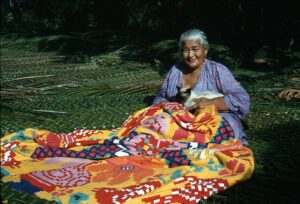
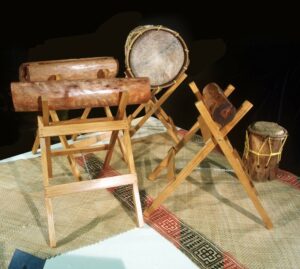
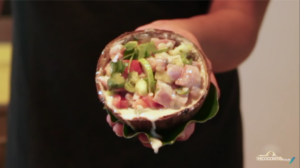
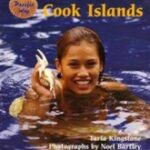
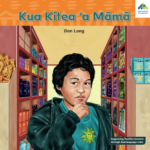
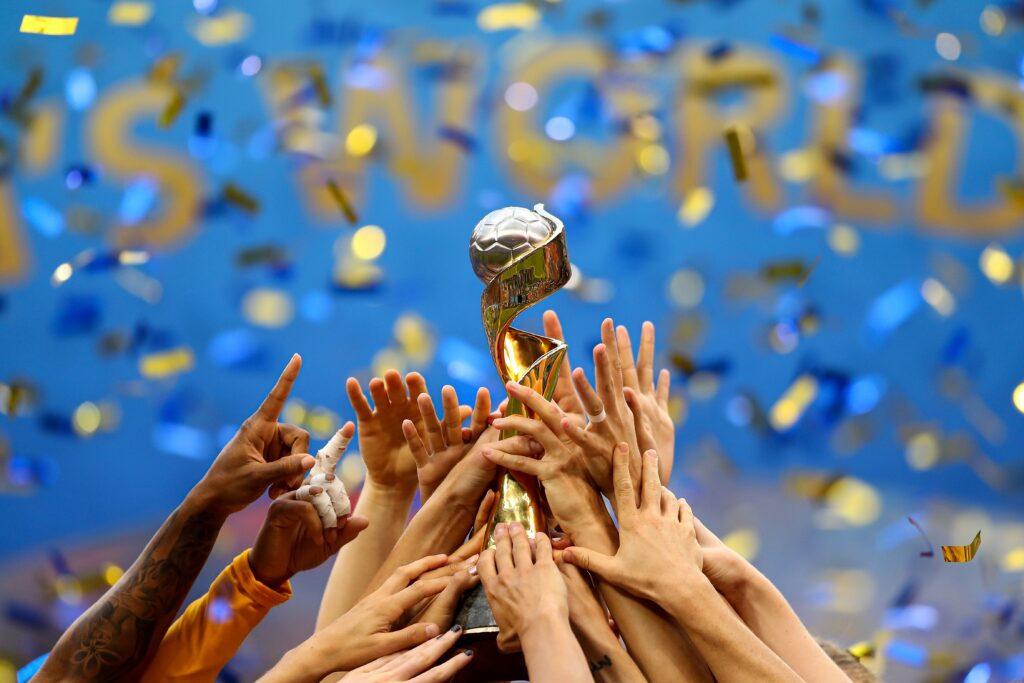
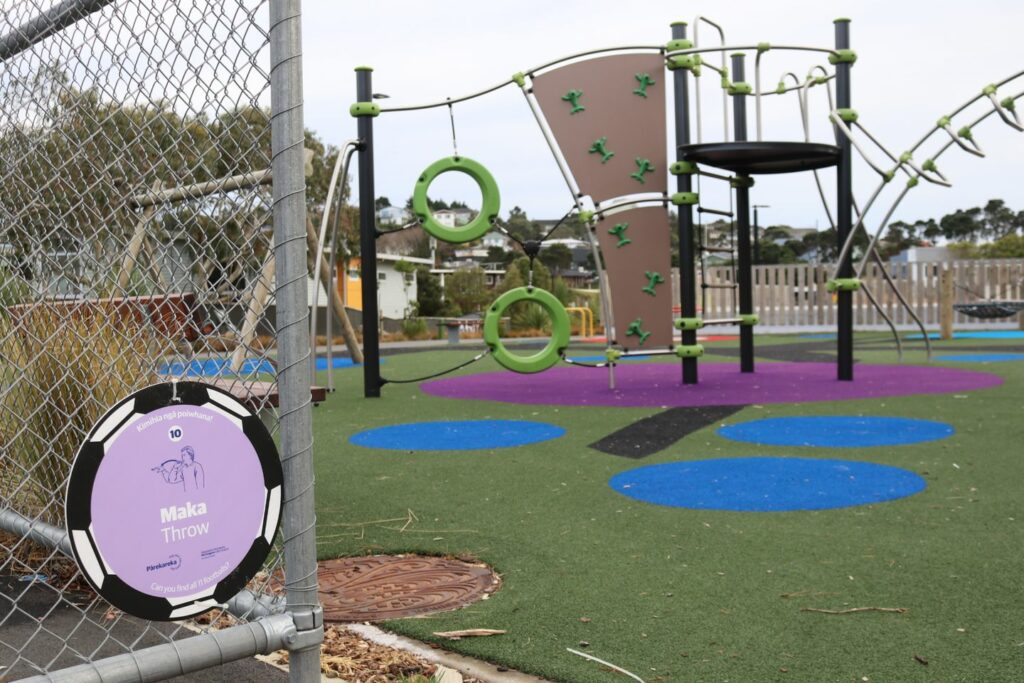 Apart from going to games there are also lots of other fun events and activities around the city to get involved in.
Apart from going to games there are also lots of other fun events and activities around the city to get involved in.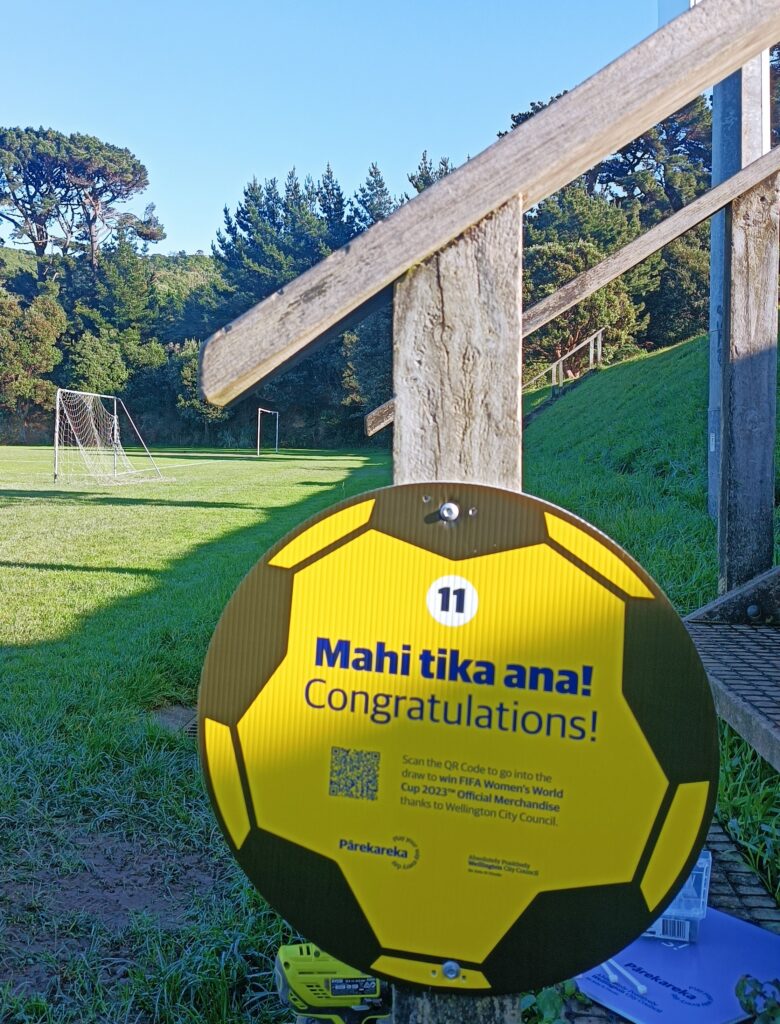
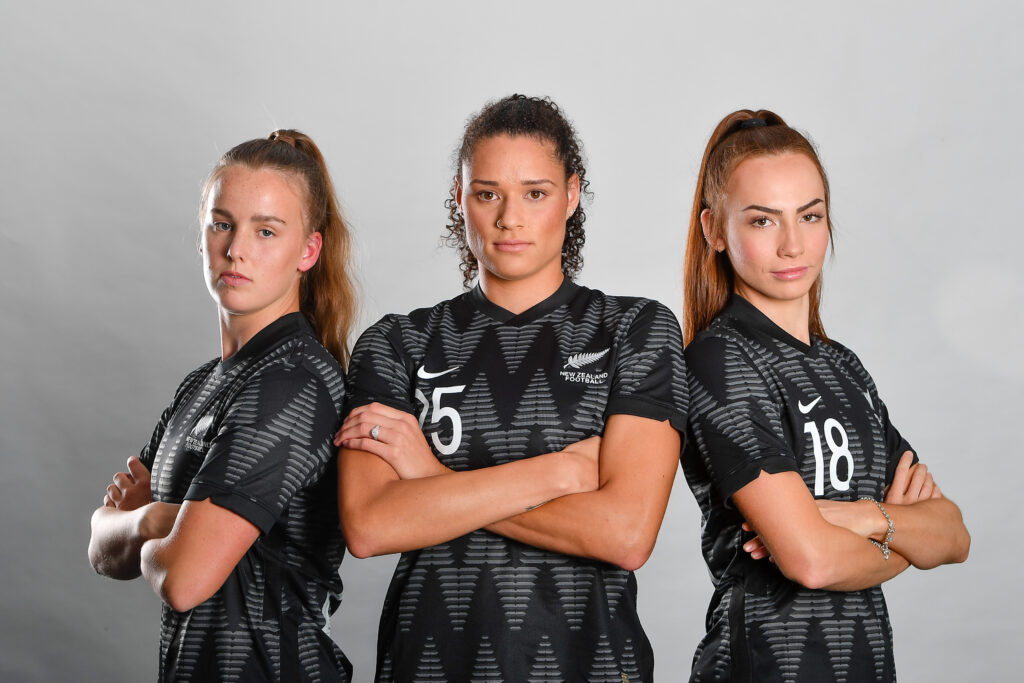
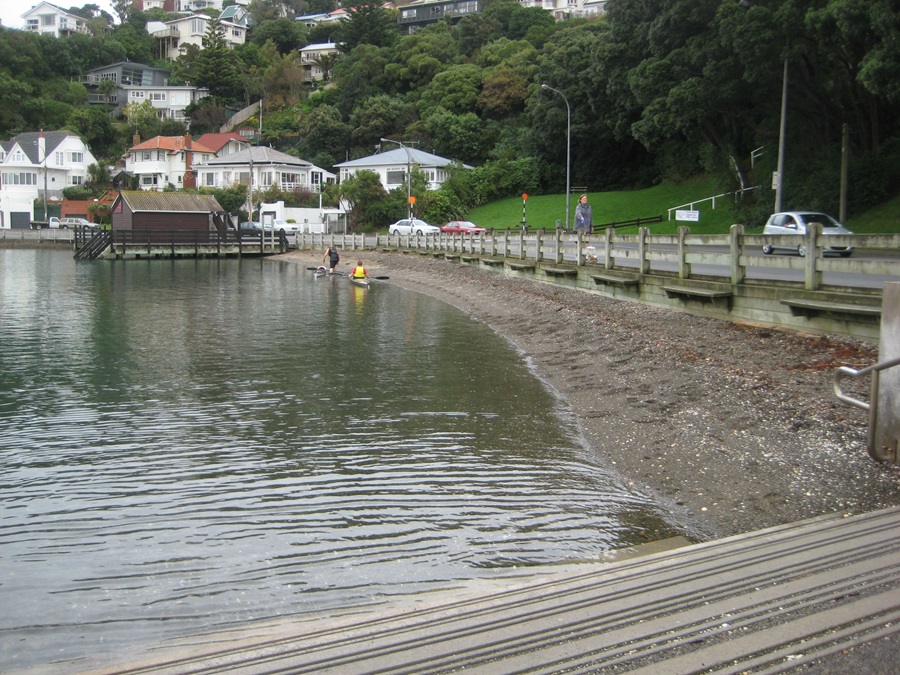
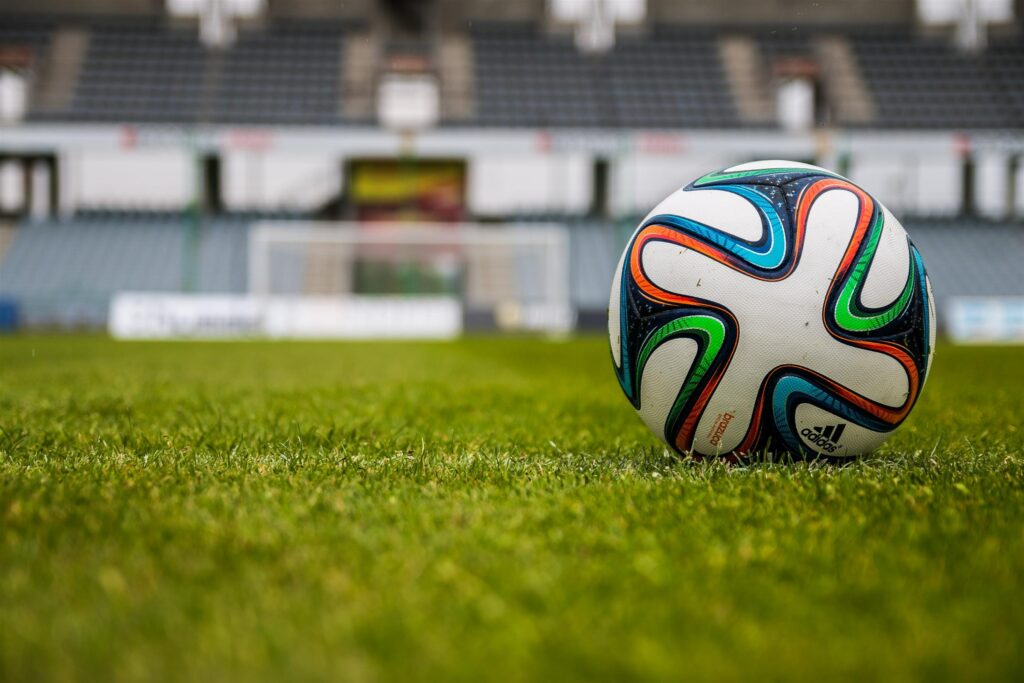

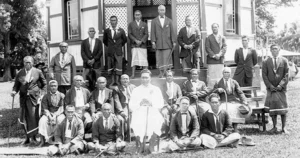

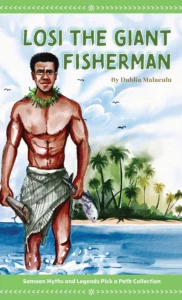
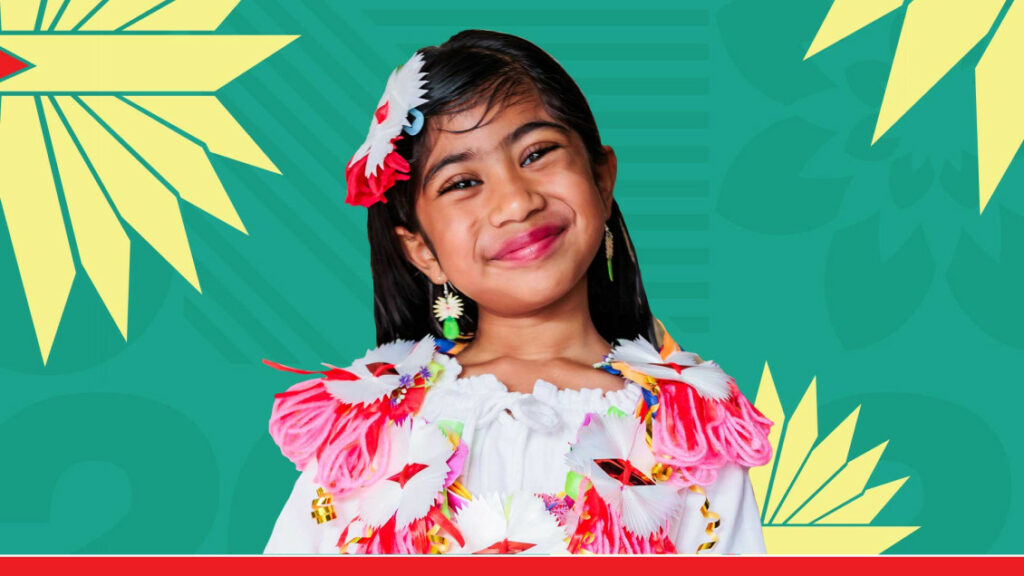
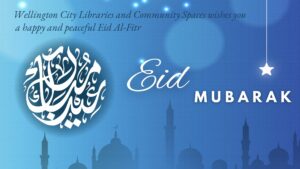 As Salaamu Alaykum & Eid Mubarak to our Muslim whānau!
As Salaamu Alaykum & Eid Mubarak to our Muslim whānau!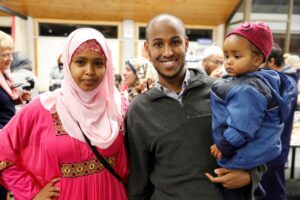
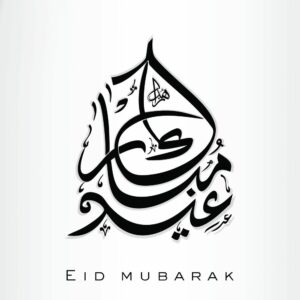
 In Aotearoa New Zealand 2023, Eid Day will fall on either Saturday 22nd or Sunday 23rd of April – it all depends on the sighting of the moon. Traditionally, Eid al-Fitr begins at sunset on the night of the first sighting of the crescent moon. Everyone needs to give money to charity (meaning to people who are poor or needy) which is called Zakat-ul-Fitr. After that there is a special ‘Eid prayer’.
In Aotearoa New Zealand 2023, Eid Day will fall on either Saturday 22nd or Sunday 23rd of April – it all depends on the sighting of the moon. Traditionally, Eid al-Fitr begins at sunset on the night of the first sighting of the crescent moon. Everyone needs to give money to charity (meaning to people who are poor or needy) which is called Zakat-ul-Fitr. After that there is a special ‘Eid prayer’.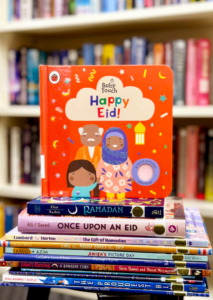 In the Library we have a new Celebration Collection for Ramadan and Eid. This means we have a lot of beautiful new books about Ramadan and Eid-al-Fitr that are available at this time of the year.
In the Library we have a new Celebration Collection for Ramadan and Eid. This means we have a lot of beautiful new books about Ramadan and Eid-al-Fitr that are available at this time of the year.